SCIENCE
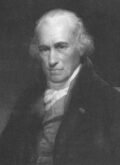
JAMES WATT EXTENDS HIS HEARTFELT THANKS TO HIS DOCTOR FOR KEEPING HIS FAMILY HEALTHY
WATT, JAMES. (1736-1819) Scottish inventor and mechanical engineer whose improvements to the steam engine were fundamental to the Industrial Revolution. Rare Autograph Letter Signed, “James Watt.” One page, quarto. Birmingham, January 9, 1790. To his Doctor.

WILHELM RONTGEN — THE FUTURE NOBEL PRIZE WINNING PHYSICIST ANNOUNCES THE PHYSICS COURSES FOR HIS FIRST EVER TEACHING POSITION!
RÖNTGEN, WILHELM CONRAD VON. (1845-1923). German Nobel Prize winning physicist; discovered X-rays. Rare Autograph Manuscript Statement Signed, “Dr. W. Röntgen,” in German. One page, black ink on laid paper. Oblong octavo, Strasbourg [France], October 1874.
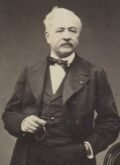
“THE BARRIER OF PANAMA IS GOING TO FALL, AS FELL THE BARRIER OF EGYPT, BECAUSE THE MOMENT HAS COME IN THE MARCH OF HUMANITY WHEN THIS OBSTACLE MAY NO LONGER REMAIN STANDING.”
LESSEPS, FERDINAND de. (1805-1894). French diplomat and engineer; designer of the Suez Canal. Superb Manuscript Letter Signed, “Ferd. De Lesseps”, on imprinted Compagnie Universelle du Canal Interoceanique letterhead. Four pages, quarto. “46, Rue Caumartin, Paris”, November 11, 1885.
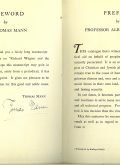
ALBERT EINSTEIN AND THOMAS MANN — COME TOGETHER TO RAISE FUNDS FOR REFUGEES FLEEING FROM EUROPE IN 1938
“IN OUR TIME, IT BECOMES PARTICULARLY CLEAR THAT HUMANITY AND READINESS TO SERVE MEAN MORE TO SOCIETY THAN ALL WISDOM AND TECHNICAL PROGRESS. THE POSSESSION OF POWER AS A TOOL IS LESS DECISIVE THAN THE DIRECTED IDEA IN WHICH IT IS USED.”
EINSTEIN, ALBERT. (1879-1955) Theoretical Physicist. [and] MANN, THOMAS (1875-1955) German novelist, short story writer, and Nobel laureate. An exceedingly-rare specially bound booklet entitled: “g-o-i-n-g, G-O-I-N-G, GONE! Rare Book Auction”, being a listing of collectable books and autographs gathered to be sold for the cause. Signed by each author at the conclusion of their remarks.
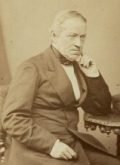
WHEATSTONE BUILDS AND SELLS HIS: ELECTRO-MAGNETIC CHRONOSCOPE, A DEVICE CAPABLE OF MEASURING TIME DOWN TO 1/7300 OF A SECOND — IN 1843!
WHEATSTONE, CHARLES. (1802-1875). Scientist and inventor, a major figure in the development of electric telegraphy. Good scientific Autograph Letter Signed, “C. Wheatstone”. One full page, octavo. “20 Conduit St., [London], March 27, 1843”.

MAX PLANCK – NOBEL PRZE WINNING PHYSICIST — QUANTUM THEORY
PLANCK, MAX. (1858–1947). Nobel Prize winning German physicist who pioneered the understanding of quantum theory. Typed Letter Signed “Planck” on Der Prasident de Kaiser [The President / of the Emperor Wihelm Society], [Germany] imprinted letterhead. One page, quarto. July 27, 1932.
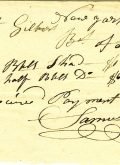
SAMUEL COLT: THE INVENTOR OF THE REVOLVER
COLT, SAMUEL. (1814-62). American inventor of the revolver. Rare, and early, Autograph Document Signed, “Samuel Colt”. One page, small octavo. New York, October 15, 1836.